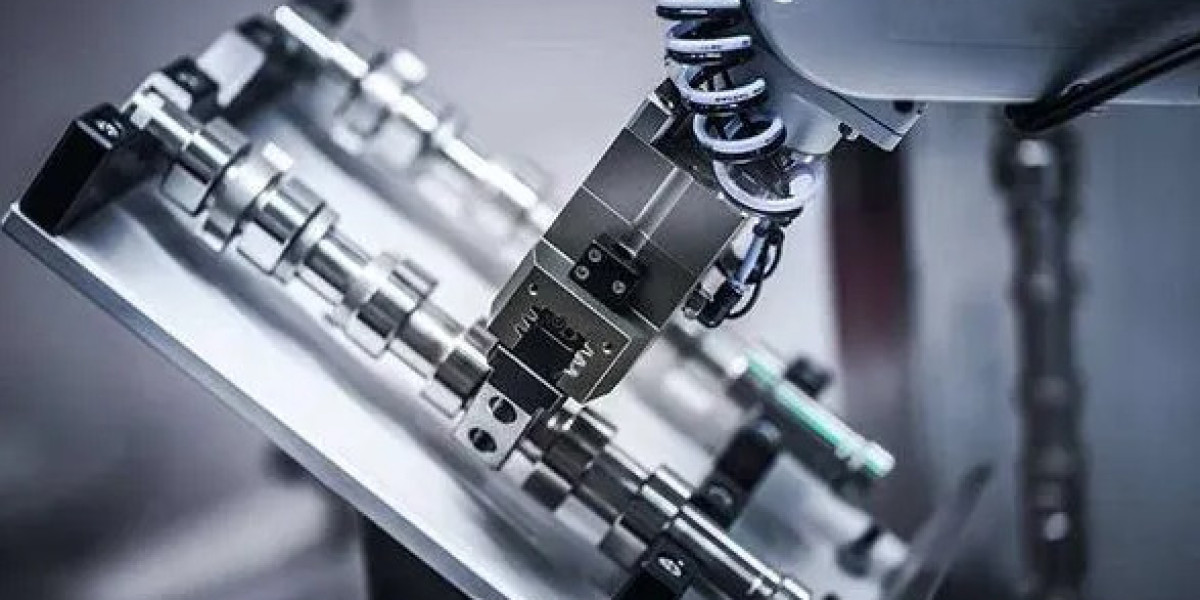CNC machining has transformed architectural design, enabling innovative applications that were once considered unattainable. Its precision and versatility allow architects to explore new realms of creativity, leading to unique and groundbreaking structures. Here are some innovative uses of CNC machining in architectural design:
Precise Structural Component Manufacturing
CNC machining plays a crucial role in producing high-precision building structural components. By using computer-aided design (CAD) software, designers create detailed 3D models that are converted into CNC programs. These programs guide advanced machinery to cut, mill, and drill materials with exceptional accuracy. This precision ensures that each component fits perfectly within the overall structure, reducing errors and minimizing waste. CNC machining also allows for the use of various materials, enhancing versatility in construction. Ultimately, this technology improves efficiency and quality, making it essential for modern architectural projects.
Customized Interior Design Elements
CNC machining has revolutionized the creation of custom furniture and decorative objects, allowing for intricate designs that were once difficult to achieve. By using CAD software, artisans can create detailed patterns and shapes tailored to specific client needs. CNC machines then precisely cut and shape materials like wood, metal, and plastic, ensuring high accuracy and consistency. This technology enables designers to experiment with complex forms and personalized details, enhancing aesthetic appeal. Additionally, CNC machining streamlines production, allowing for quicker turnaround times and the ability to produce unique, bespoke pieces that stand out in any space.
Construction Model Production
CNC machining plays a vital role in the production of architectural models by enabling high precision and intricate detailing. Designers can create complex 3D models using CAD software, which are then translated into CNC programs for accurate machining. This technology allows for the use of various materials, such as wood, plastic, and metal, providing versatility in model-making. The advantages of CNC machining include reduced production time, consistent quality, and the ability to quickly iterate designs based on feedback. Ultimately, CNC machining enhances the visualization of architectural concepts, aiding in presentations and decision-making processes.
Façade and Cladding Systems
CNC machining technology is increasingly utilized in designing and manufacturing unique building façades, allowing for innovative architectural expressions. This technology enables architects to create intricate patterns, textures, and shapes that enhance aesthetic appeal while maintaining structural integrity. By using CAD, customized designs can be precisely translated into machine instructions, ensuring accurate fabrication. CNC machining accommodates various materials, including metals, glass, and composites, facilitating creative freedom in façade design. Its efficiency also streamlines production, enabling faster project timelines. As a result, CNC machining is essential for developing distinctive and sustainable building façades that reflect modern architectural trends.
Application of Green Building Materials
CNC machining technology can effectively process eco-friendly materials, promoting sustainable design in construction and manufacturing. By using materials such as reclaimed wood, bamboo, and recycled composites, CNC machines can create high-quality components with minimal waste. The precision of CNC machining allows for optimized cutting patterns, maximizing material use and reducing offcuts. Additionally, this technology enables the production of complex shapes that traditional methods might struggle to achieve, enhancing design flexibility. By integrating eco-friendly materials with CNC capabilities, designers can create sustainable products that meet modern environmental standards while maintaining aesthetic and functional qualities.








